Having participated in the Music Writer Exercise (MWE) since 2019, I planned to take a break in my sixth year.
Then a few days before February, I had a hunch: to participate but only post the albums I’m listening to without reviewing them. Great, I thought! Though I ended up doing that, there was a remodeling. On the morning of February 1, I couldn’t stop gathering and organizing thoughts as I listened to my first album of the month, William Onyeabor’s Atomic Bomb.
I immediately went into full MWE mode.
So what did I do? I decided to modify the original plan. I would only post my listens as intended but write daily reviews which I’d share later. And here we are.
This is my 2024 MWE. I had fun curating to make it the eclectic line-up that it is. With its diverse cultures, rhythms, and music, the world presented itself to me.
After reading, check out the amazing playlist I’ve created at the end.
- William Onyeabor – Atomic Bomb (1978) (Nigeria)
A 1978 African electronic music time capsule from the legendary figure. Atomic Bomb is a significant record harmonizing Onyeabor’s synth experiments with his reggae and psych rock inclinations. In about forty minutes, he straddles love and politics, delivering utmost peaks and somewhat lukewarm instances.
Electronic, Reggae
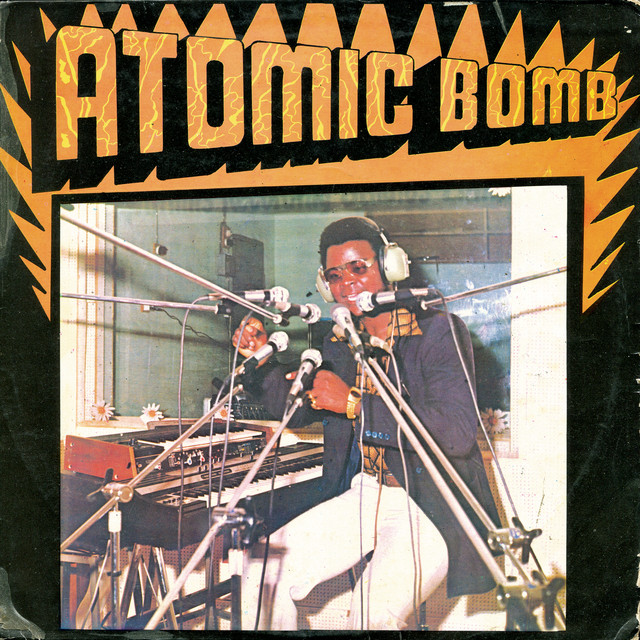
- Matías Pizarro – Pelo de Rata (1975) (Chile)
From the spaciness of Davis to the improv precision of Monk and nimbleness of Hancock – whom he was compared to once he arrived in Argentina after fleeing from Chile – Pizarro marries the soothingly mellow, with compositions that explode with energy, unexpectedly so, for the first half of his jazz fusion solo debut. He invokes his influences while displaying personal flair and a colorful Latin-American touch. In a ride that I was disappointed ended, the title track proves why it’s one and justifies being the opener.
Jazz Fusion, Latin Jazz

- Horacio “Chivo” Borraro – Blues Para Un Cosmonauta (1975) (Argentina)
Listening to Blues Para Un Cosmonauta is stepping into a world of unhurriedness, except for the uptempo “La Invasión De Los Monjes” and mid-tempo “Mi Amigo Tarzán.” The cosmic experience indulges jazz and electronic landscapes, where each sax note, craviola strum, drum hit, spontaneous percussion, keyboard chord, synth phrase, and scat, matters; the same attention demanded of the listener.
Cosmic Jazz, Latin Jazz
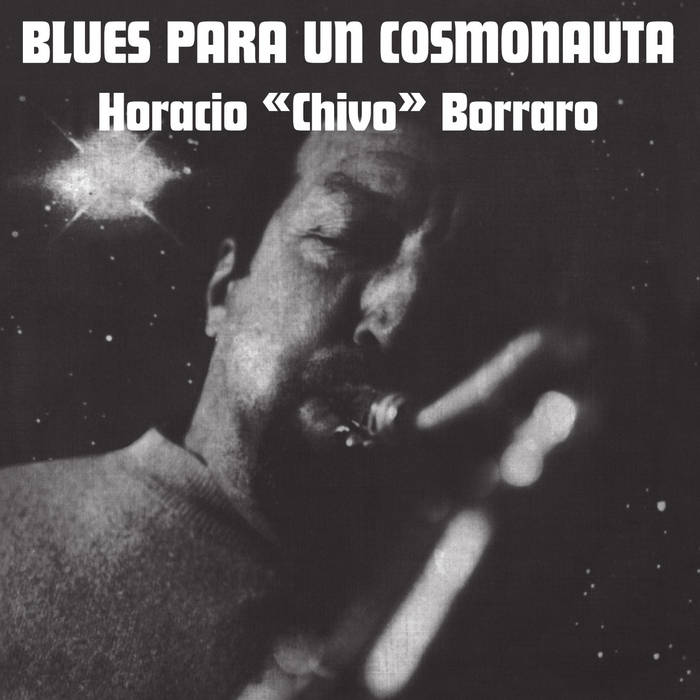
- Masayoshi Takanaka – Seychelles (1976) (Japan)
The renowned guitar maestro is skilfully playful, culminating in songs to chill and vibe to, and songs to groove to. The closer, “Tropic Birds,” combines both, encapsulating the ethos of Seychelles. Takanaka shows his knack for sweet melodies and infectious rhythms.
Jazz Fusion, City Pop
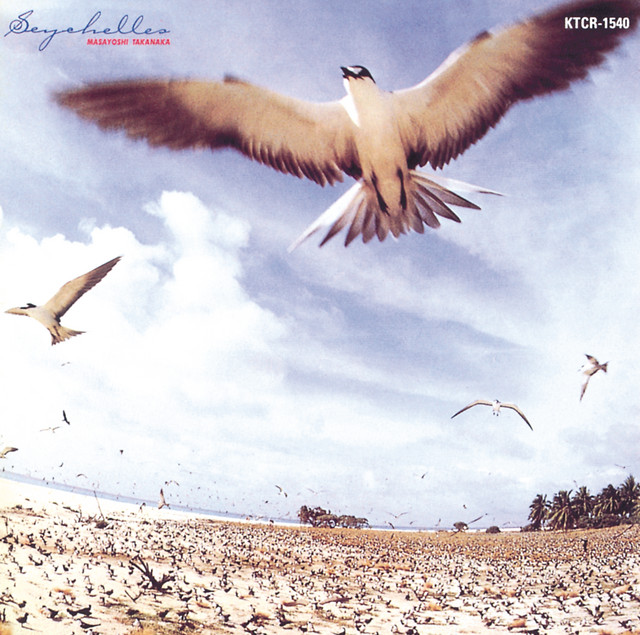
- Björk – Debut (1993) (Iceland)
Kabla Homogenic na Vespertine, there was Debut. When Björk introduces us to the album on “Human Behaviour,” every note dancing out of her being, we irrefutably know we’ll get her quintessential purity and quirkiness. Ikuwe dance, pop, trip-hop, she’s home.
Alternative, Electronic Pop
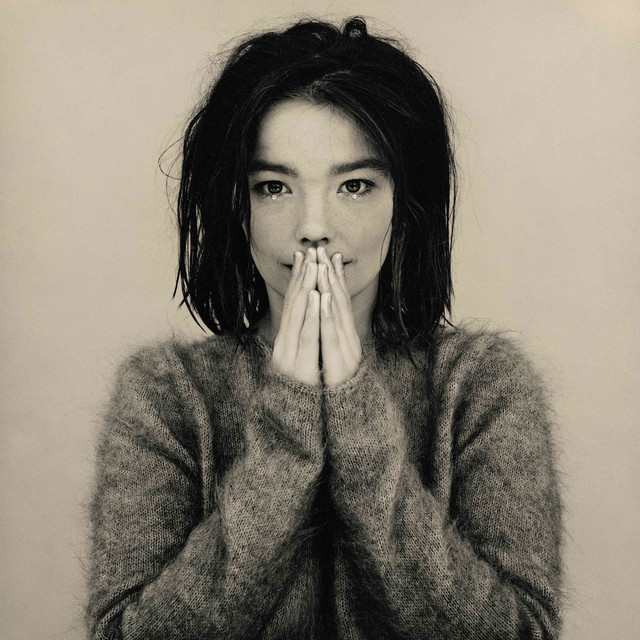
- Black Sabbath – Black Sabbath (1970) (England)
Recorded in 12 hours, and released on Friday the 13th, February 1970, Black Sabbath’s eponymous debut proves why it’s a defining heavy metal album. It’s an exciting affair of haunting atmospheres, poetic horror-like writing, eerie vocals, and thrilling riffs. The sometimes unexpected solos mirror the twists and horror of lyrics such as, “My name is Lucifer, please take my hand.”
Heavy Metal, Metal
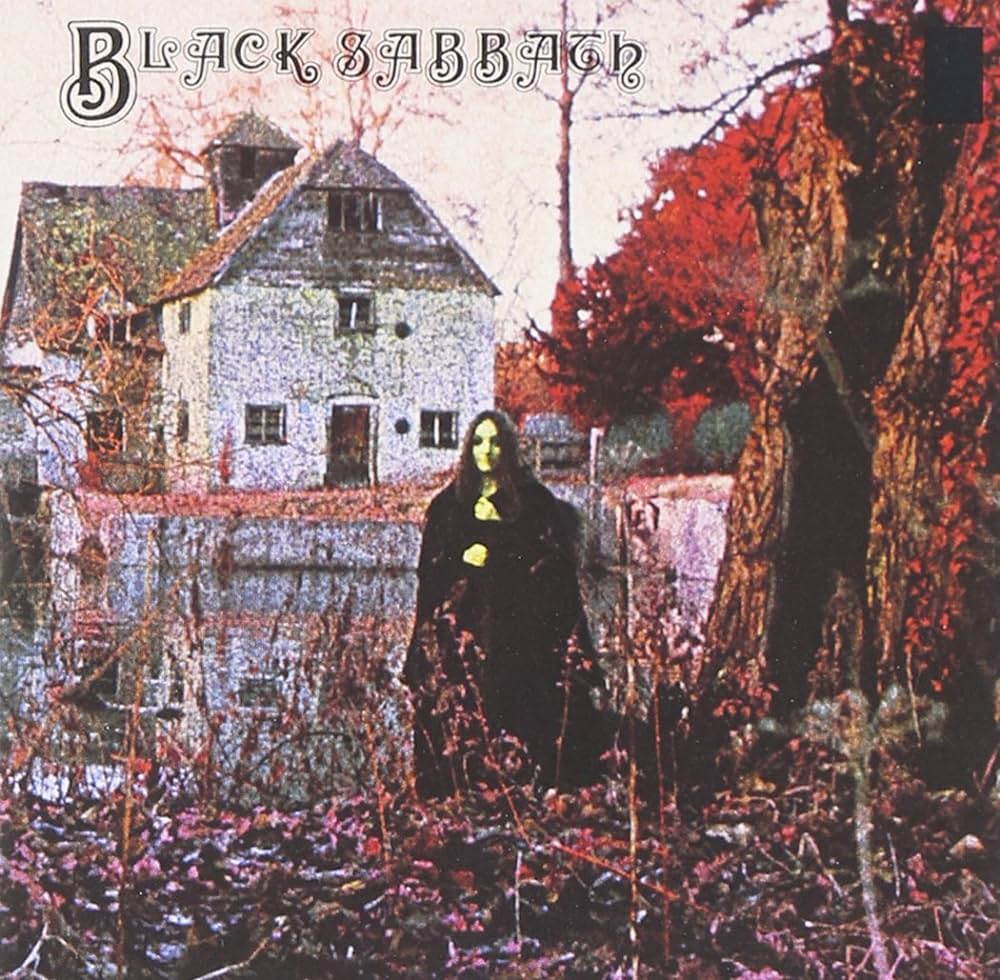
- War – The World Is a Ghetto (1972) (US)
With a charting single like “The Cisco Kid,” an epic masterpiece like “City, Country, City,” and a stellar titular jam like “The World Is a Ghetto,” you can’t go wrong – you get a collection of funky soul and blues tunes that hit the spot!
Funk, R&B
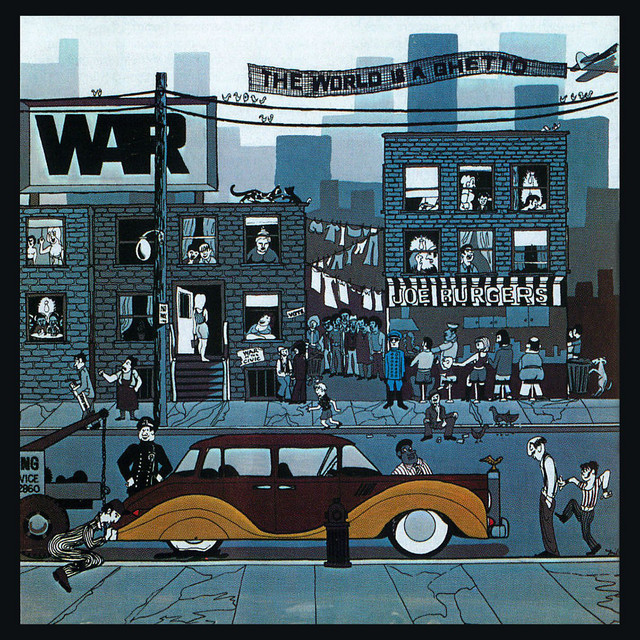
- Pharoah Sanders – Pharoah (1977) (US)
Sanders needs just three songs for his ethereal eponymous work. “Harvest Time” feels like an esoteric tribal ceremony – its riffs and tones are dark and brooding, Penderecki-esque; “Love Will Find a Way,” a percussion-infused, lo-fi produced song, has squealing horns that are an extension of Pharoah’s unexpected vocals; this personal element characterizes the short high-spirited closer, “Memories of Edith Johnson,” Edith being his aunt. Pharoah treads spontaneous and intended paths.
Jazz, Spiritual Jazz
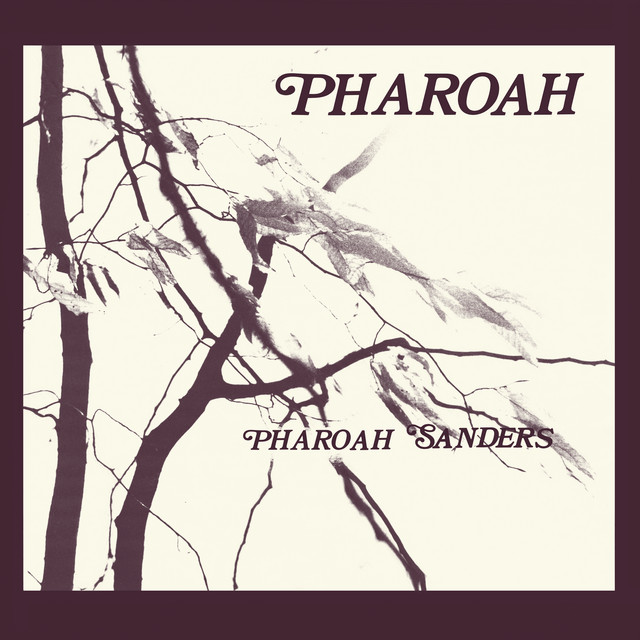
- Johnny “Guitar” Watson – Johnny “Guitar” Watson (1963) (US)
Unadulterated blues from the Gangster of Love. Johnny “Guitar” Watson virtually transports us to a small smoky bar – sounds of clinking glasses and chatter in the air – watching the iconic showman and pioneer coolly entertain us with soulful and groovy tales imbued with want, desire, and lamentation.
Blues, Rhythm and Blues
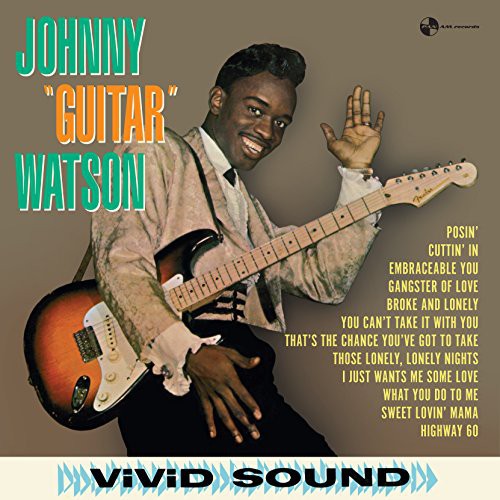
- Edzayawa – Projection One (1973) (Ghana)
Kwa their self-titled debut, and their only album – recorded in 25 hours by EMI Nigeria’s Odion Iruoje – the teenage band amalgamates the worlds of rock and funk with Ghanaian and African musicality, which define, structure, and ground it. Ni apparent wanatafuta their style kwa an album that grows into itself further in.
Afro-Rock, Afro-Funk
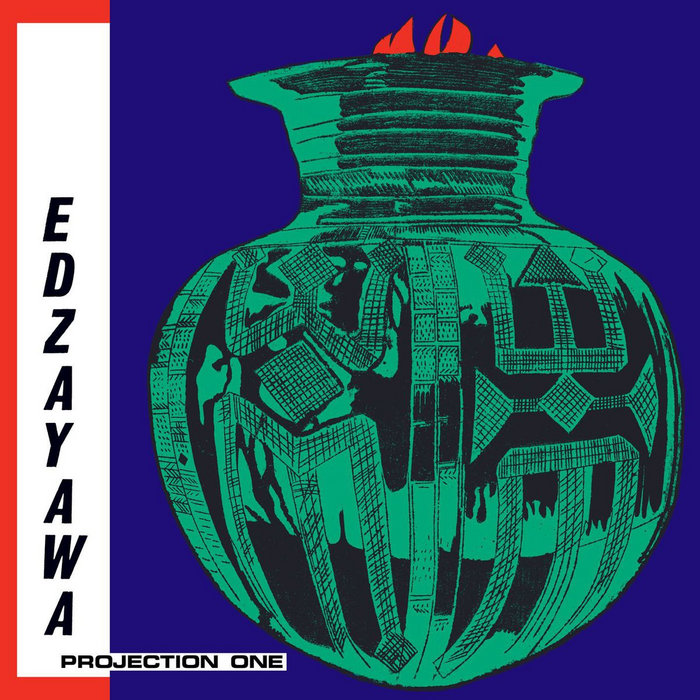
- Amanaz – Africa (1975) (Zambia)
Si mara moja nilihisi, “Keep going, give me more,” applying to some of the songs, but also by extension to Amanaz, seeing that this was their sole LP. Unaeza pick influence ya Hendrix lakini the Zambian quintet displayed their essence, leaving a lasting mark on Zamrock with this delightful 1975 release.
Zamrock, Psychedelic Rock
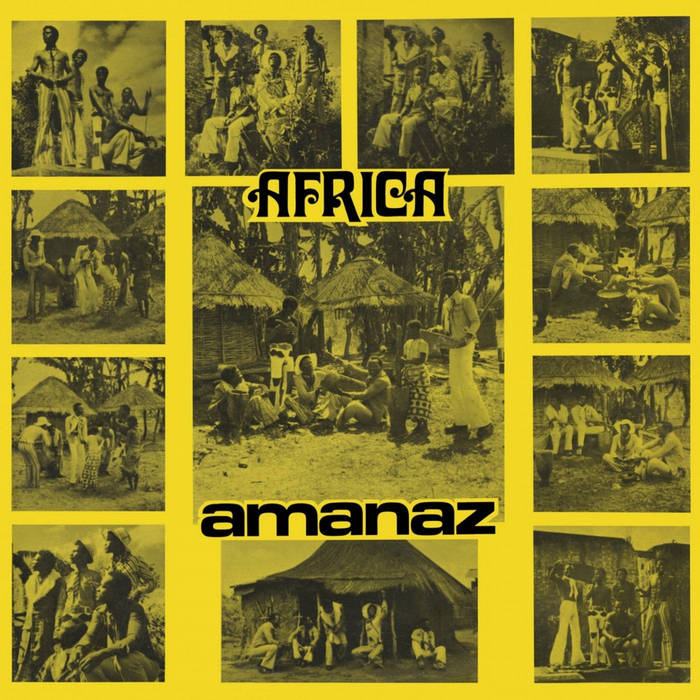
- Ary Barroso – Meu Brasil Brasileiro (1959) (Brazil)
Barroso lets Meu Brasil Brasileiro marinate in its slow, dreamy Bossa Nova atmospheres and rhythms. Each song sounds like an accompaniment to a scene from a ’60s or ’70s flick.
Bossa Nova, Samba
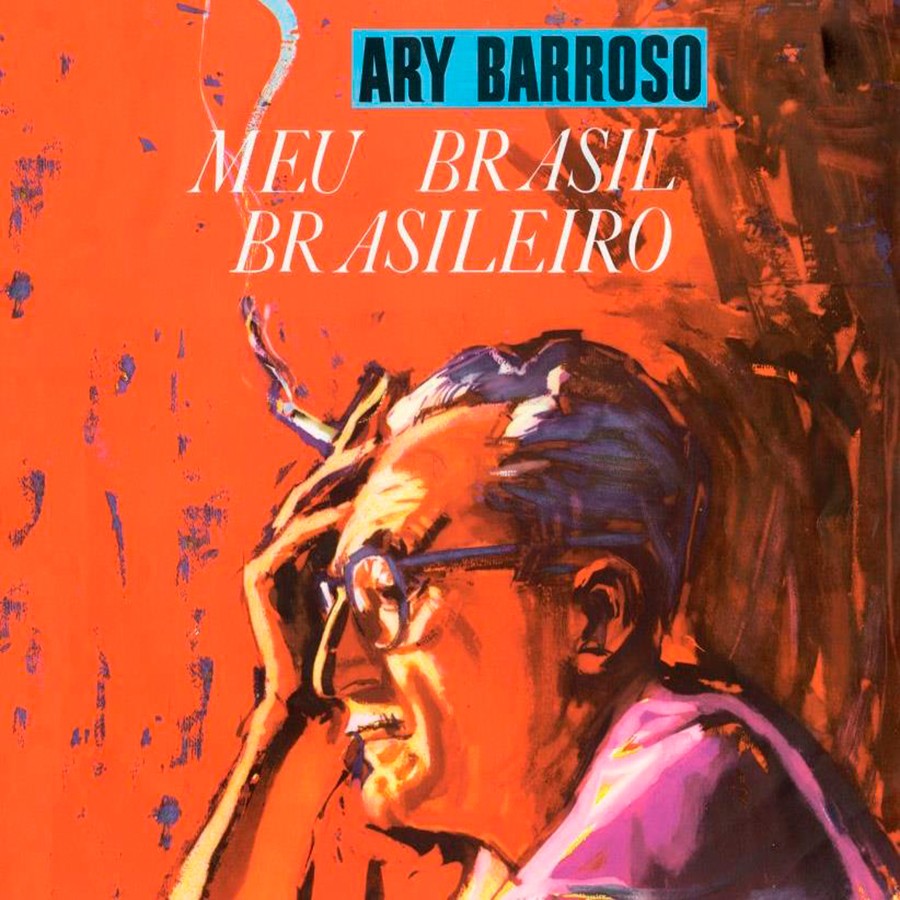
- Celia Cruz & Johnny Pacheco – Celia & Johnny (1974) (Cuba & Dominican Republic)
From the Queen of Salsa, Cruz, and the shrewd orchestrator, Pacheco, emerges a pivotal record for the two musicians. Toka the moment inaanza, we never leave the floor.
Salsa, Tropical
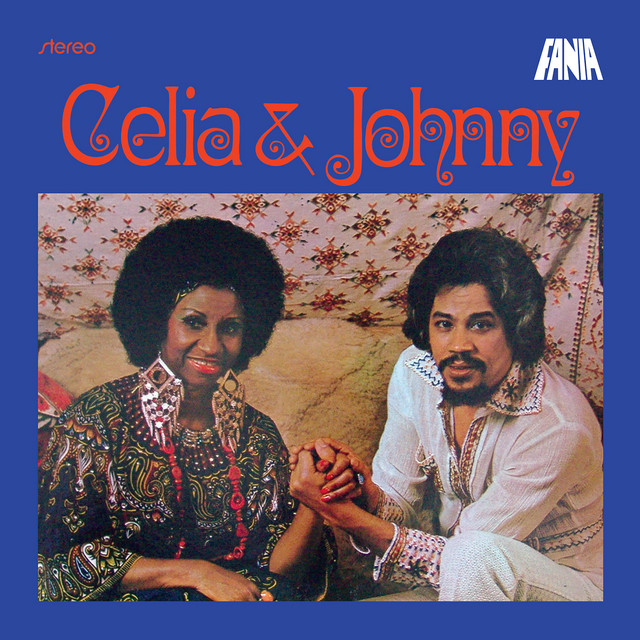
- Fairouz – Wahdon (1979) (Lebanon)
Intention ya msanii hujiongelea; Fairouz is nothing short of stellar. The Lebanese legend explores the depths of her vocal prowess, and exciting musicality, moving our souls with ease.
Arabic Folk, Arabic Pop
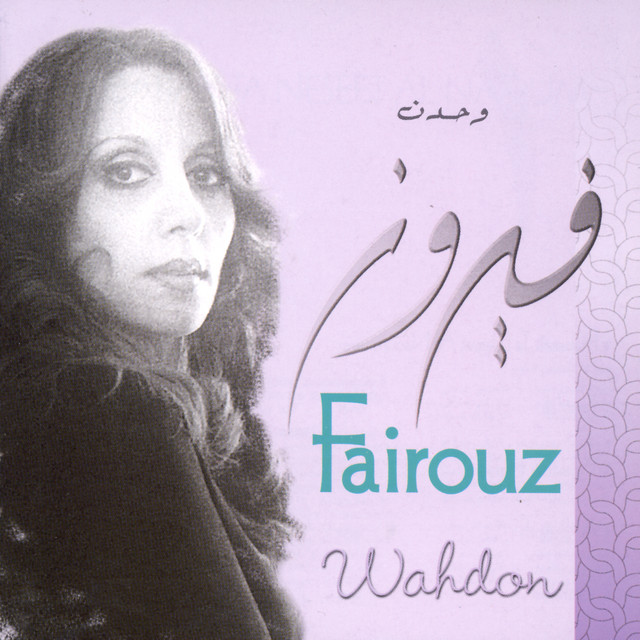
- Elias Rahbani – Mosaic of the Orient (1972) (Lebanon)
The acclaimed prolific composer blends relaxing melodies and percussive grooves while letting the spirit of experimentation guide him. Featuring soul-baring song titles, Music of the Orient builds a captivating world of folk and electronic sounds, underlining Rahbani’s culture and occidental influences.
Arabic Folk, Folk
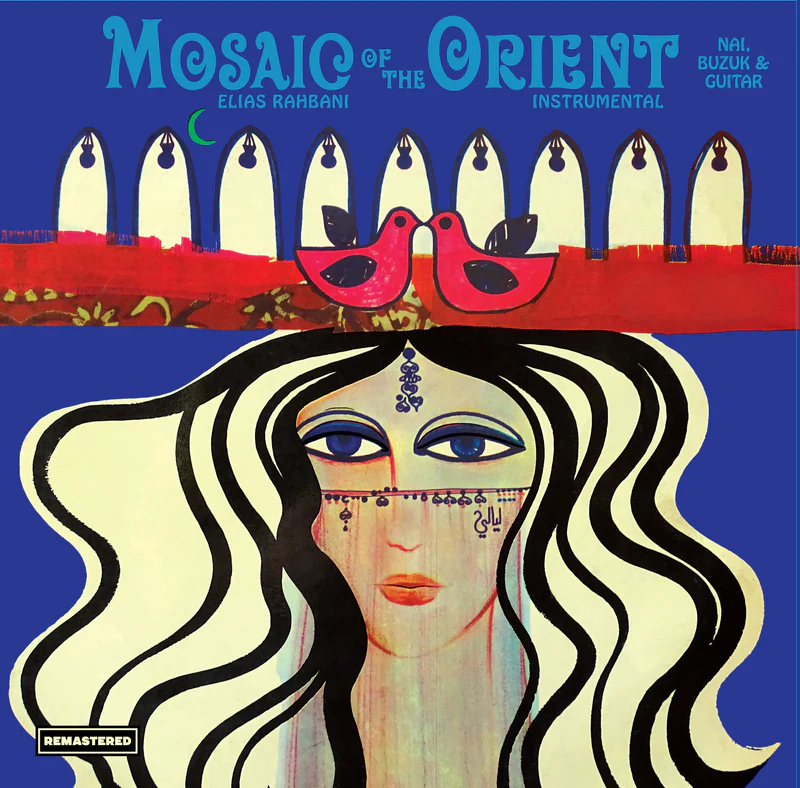
- Stan Getz & Charlie Byrd – Jazz Samba (1962) (US)
Birthed by happenstance, special moments like these are the stuff of music history. Exploring mellow yet danceable compositions that fuse American jazz and Brazilian bossa nova, Getz and Byrd truly created a groundbreaking record.
Bossa Nova, Jazz Samba
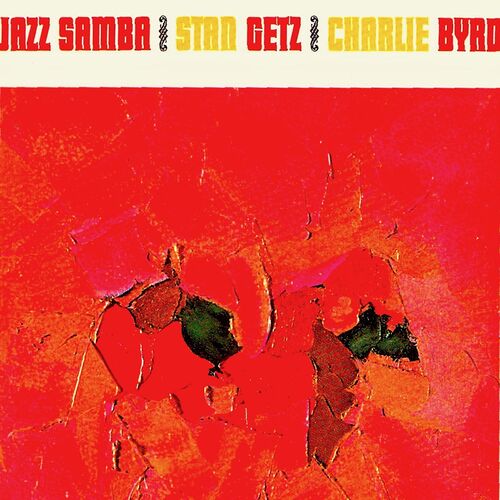
- The Lijadu Sisters – Danger (1976) (Nigeria)
Danger’s musicality, storytelling, na overall cadence earn it its rightful place in Nigeria and African music’s history; naimba tu “Danger, danger, danger, dangeeer,” then na-bob my head to the irresistible “Life’s Gone Down Low,” as the waves of “Lord Have Mercy,” a perfect closer, wash over me.
Afrobeat, Afro-Funk
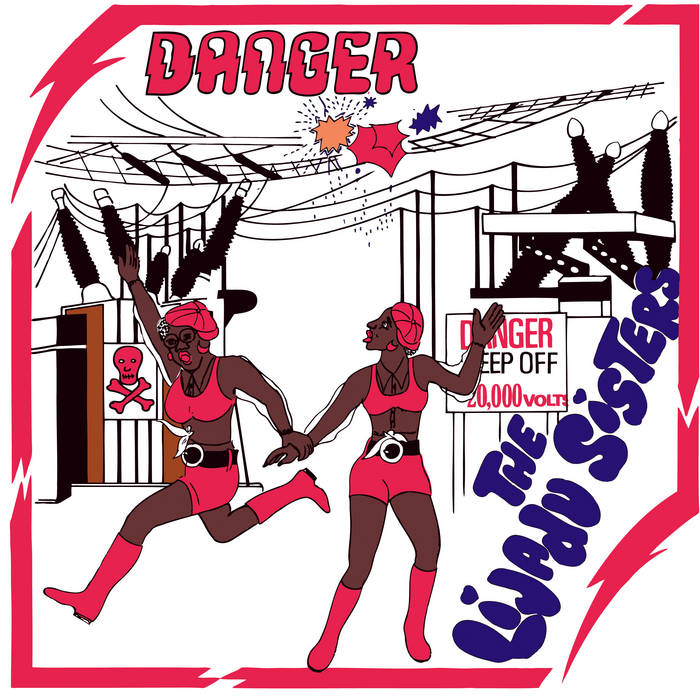
- Salty Dog – Salty Dog (1976) (Zambia)
Reissued in 2013 by Strawberry Rain, Salty Dog’s only release throws us into the fuzzy world of psychedelic Zamrock, where, the band, modelled after the Jimi Hendrix Experience, tofauti na other African rock albums kwa hii list, go full-on English in their lyrics.
Zamrock, Psychedelic Rock
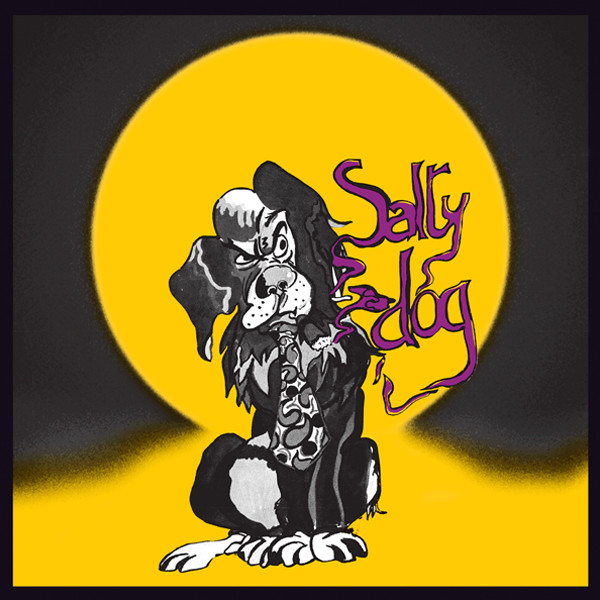
- Freh Khodja – Bachar Fi Leil (1978) (Algeria)
Paced, full, and resonant, Khodja’s voice characterizes this wholesome experience of folk rhythms and funk/disco instrumentation.
Arabic Folk, Funk
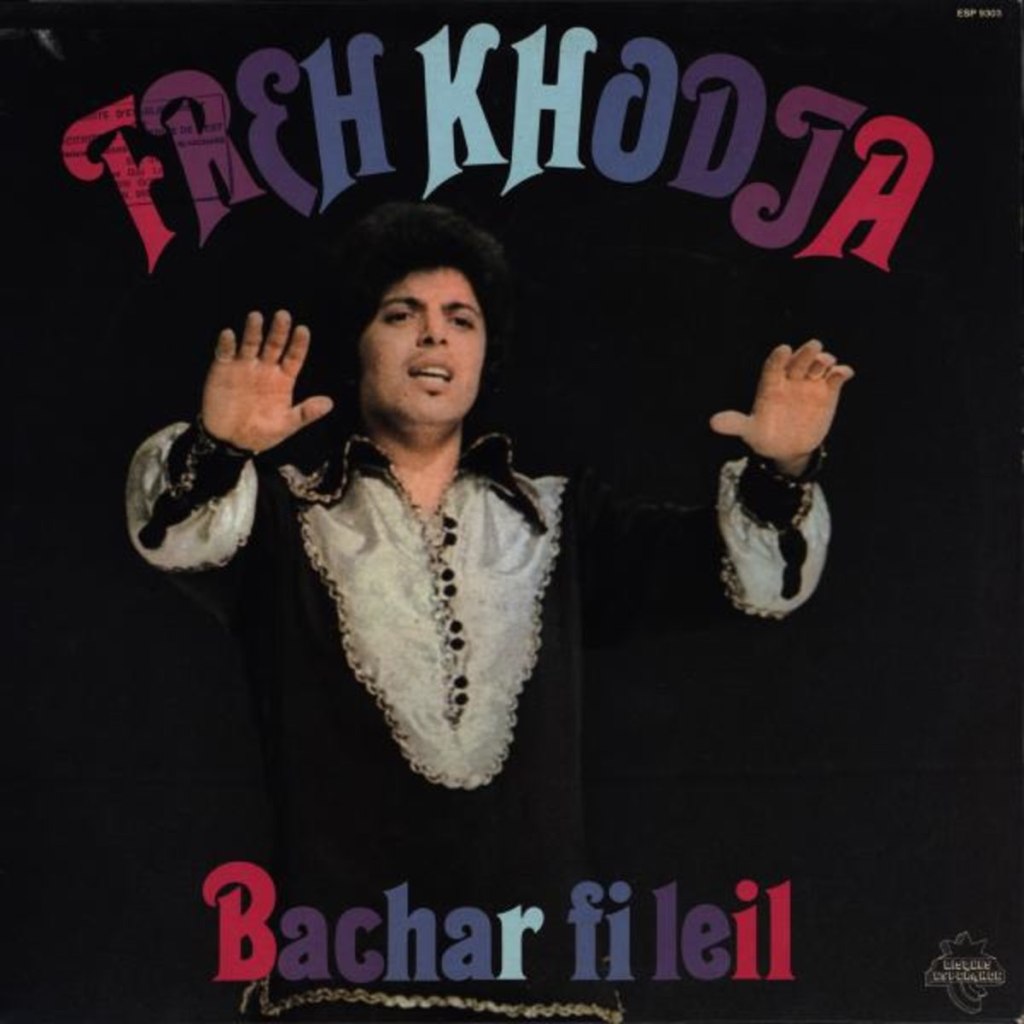
- Trần Quang Hải – Landscape of the Highlands: String Music From Vietnam (1985) (Vietnam)
A landscape of beautiful string work whose purity engulfs you in serene meditation.
Vietnamese Folk, Vietnamese Classical
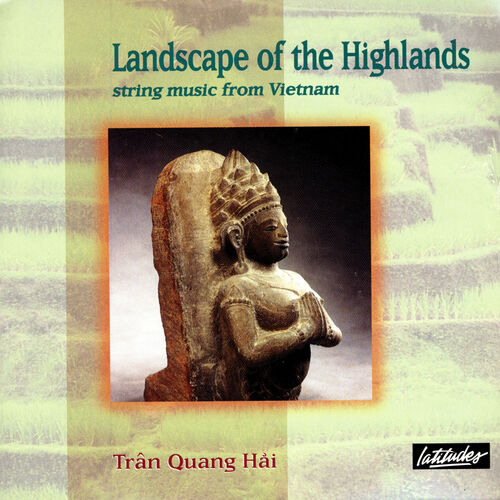
- Khánh Ly – Khi Tôi Về (1976) (Vietnam)
Seemingly in a room pekee yao, Khánh Ly na Trung Nghĩa (the guitarist) pair notably ku-embody Khi Tôi Về’s rawness and tenderness.
Golden/Gold music (Nhạc vàng), Folk
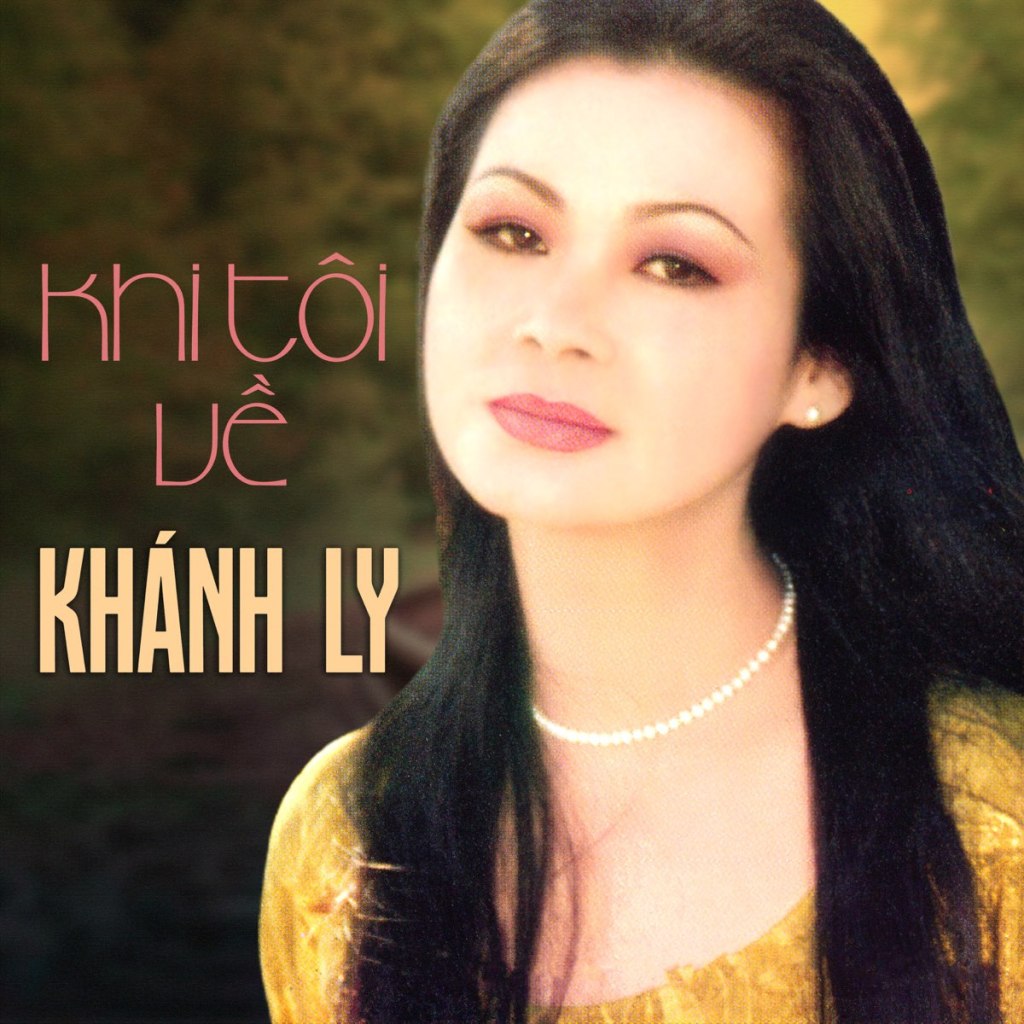
- Cuasares – Afro-Progresivo (1973) (Argentina)
Half an hour of psychedelic guitars, melodic synth top lines, whistling flutes, and Latin percussion that remind me of the worlds of Pizarro’s Pelo de Rata and Borraro’s Blues Para Un Cosmonauta.
Jazz, Afro-Latin
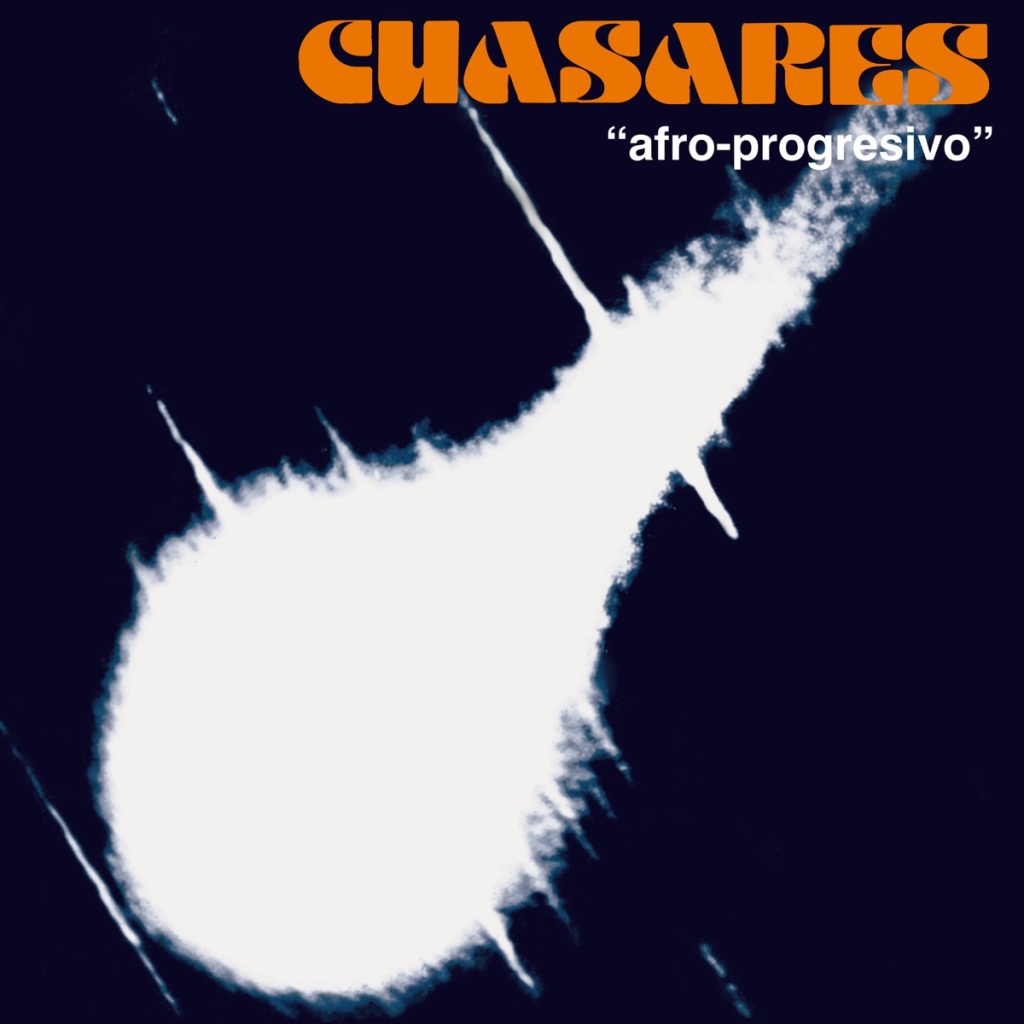
- Kaoguiamo – Korda Skrabu (1974) (Guinea-Bissau & Cabo Verde)
The rare Korda Skrabu emanates from a dual political premise: moja ni PAIGC (The African Party for the Independence of Guinea and Cape Verde), na pili ni kifo cha Amílcar Cabral. Ilitoka a year after his assassination in ’73. Over sparse production – slow acoustic guitars and oscillating drums – it foregrounds different lead singers and group vocals, complementing the common liberation goal.
Folk, Afro-Folk
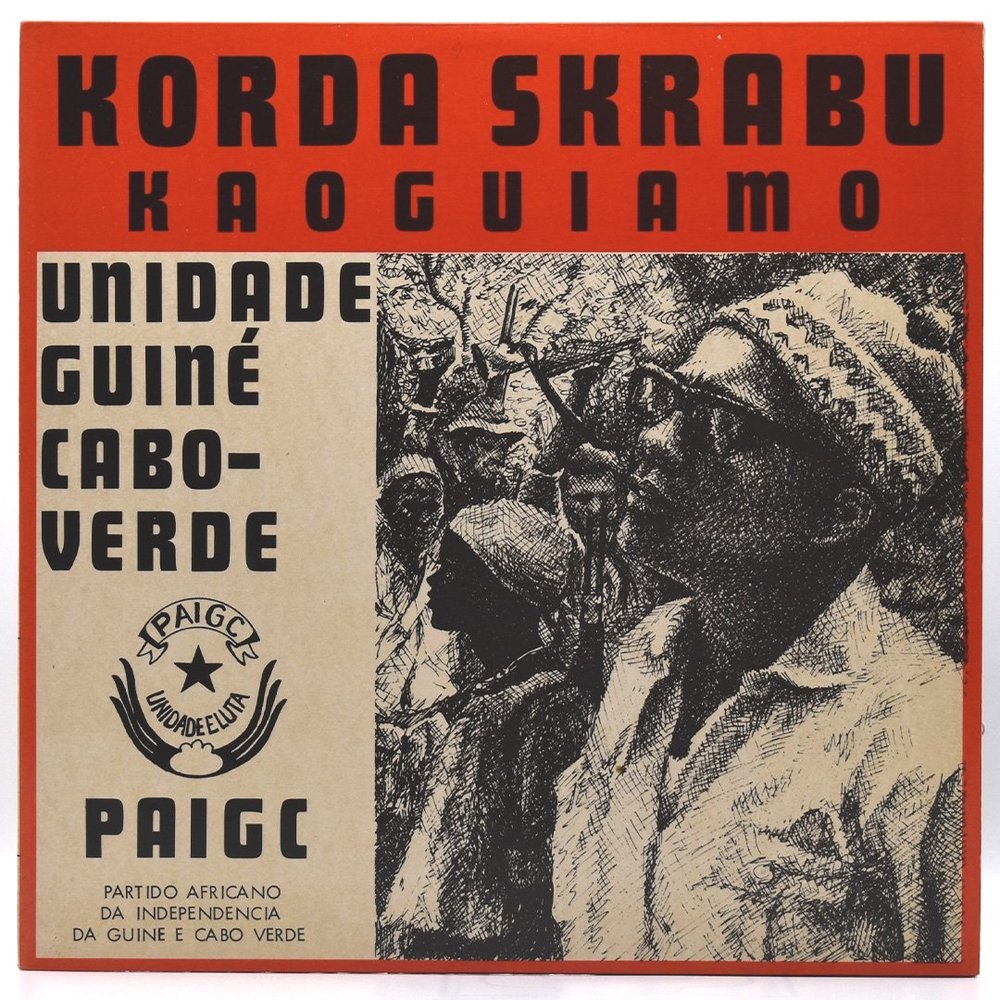
- Super Mama Djombo – Na Cambança (1980) (Guinea-Bissau)
Na Cambança is mostly defined by reverbed hypnotic guitars and powerful lead vocals that command presence. We shift from steady melodious tunes like “N’Simba” to dance-inducing jams with unforgettable riffs and fast drums like “Seiango” and the popular hit “Pamparida,” and the Latin-influenced “Remedi U Kata Cura” or the heart-stealer “Suur Di No Pubis.” Na Cambança is a mighty eclectic debut. What would be termed as Afro-Rock here reads benga to me.
Afro-Rock, Afro-Funk
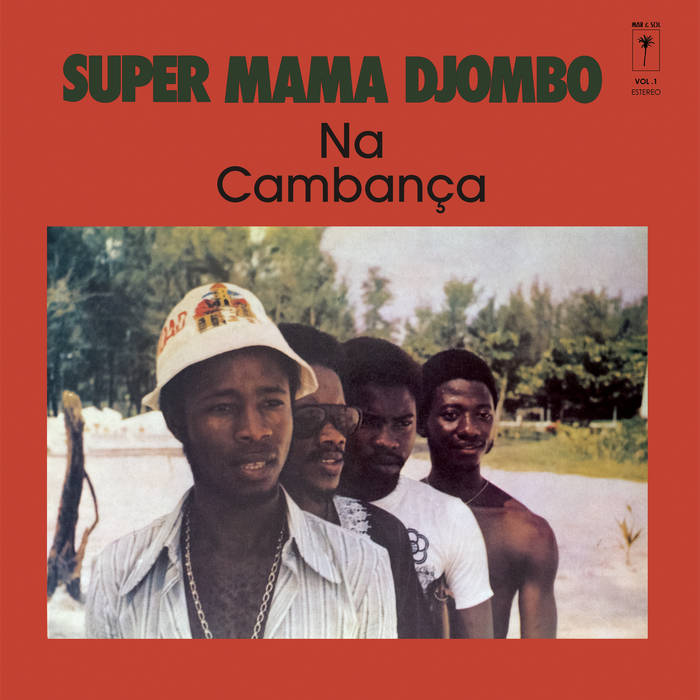
- Honoré Avolonto et L’Orchestre Black Santiago – Honoré Avolonto et L’Orchestre Black Santiago (1978) (Benin)
Honoré Avolonto and the Black Santiago orchestra embody vibrance. Their collaborative effort is bright, fun, and groovy. Mara ingine, kuna nyimbo zina-sound ni ka naskia something from the lakeside region.
Afrobeat, Soukous
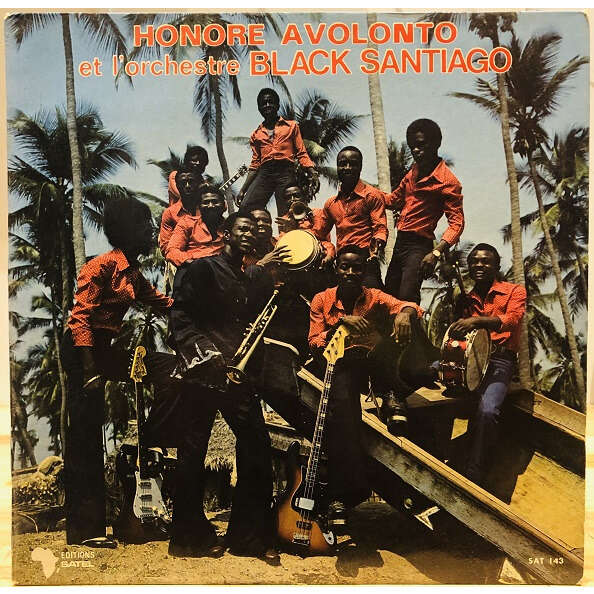
- The Gladiators – Trenchtown Mix Up (1976) (Jamaica)
Their Virgin Records debut is a compact record from the Trench Town band. It says what it needs to say, holds a mean groove, and keeps it entertaining. It stays in a consistent mold.
Reggae, Roots
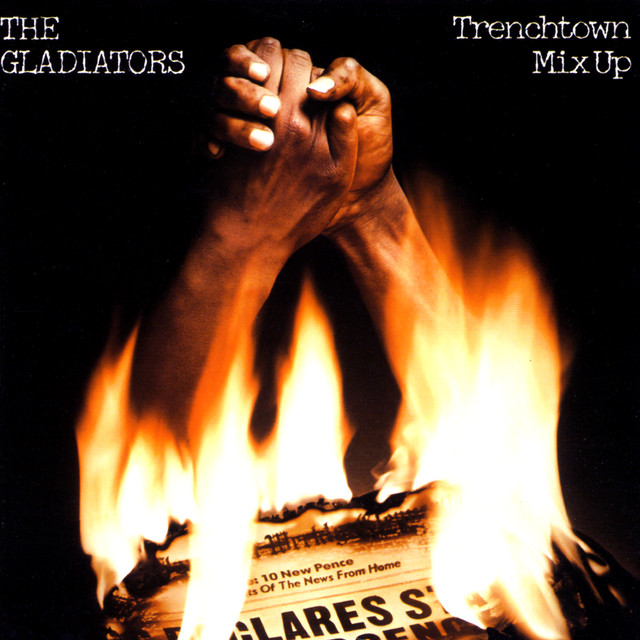
- Midnight Oil – 10, 9, 8, 7, 6, 5, 4, 3, 2, 1 (1982) (Australia)
Breakout moment ya Midnight Oil ina-pulse between head-nodding blasters na ponderous riveting jams. Part of its thrill pia ni fusing rock with swirling electronic sounds. Ikifika “Scream in Blue,” una-feel indeed the chaotic world yenye ili-inspire this politically-charged album is disintegrating in 10, 9, 8, 7…
Rock, Alternative Rock
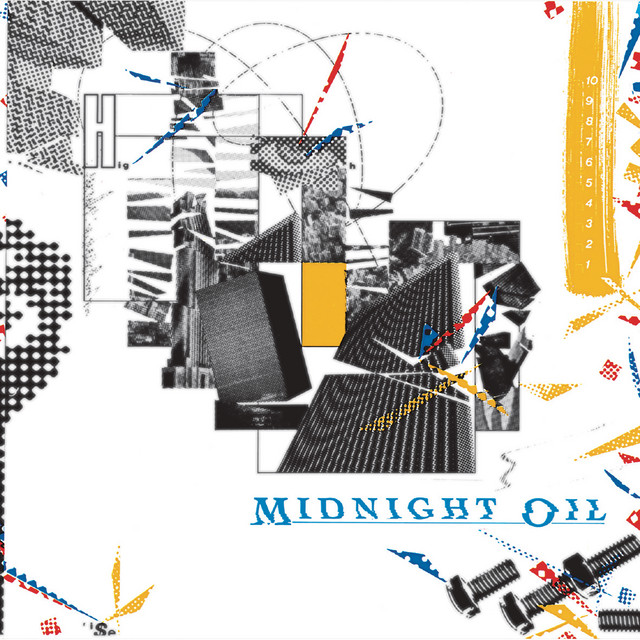
- Klaus Schulze – Irrlicht (1972) (Germany)
A lot of space na ambience. Schulze alitumia tools alikuwa nazo – primarily a modified electric organ, a tape recorder, an orchestra recording, and a broken amplifier – na matokeo yalikuwa his atmospheric experimental debut, an important piece of progressive electronic. Although mostly static, it draws you into its floating cosmos.
Electronic, Progressive Electronic
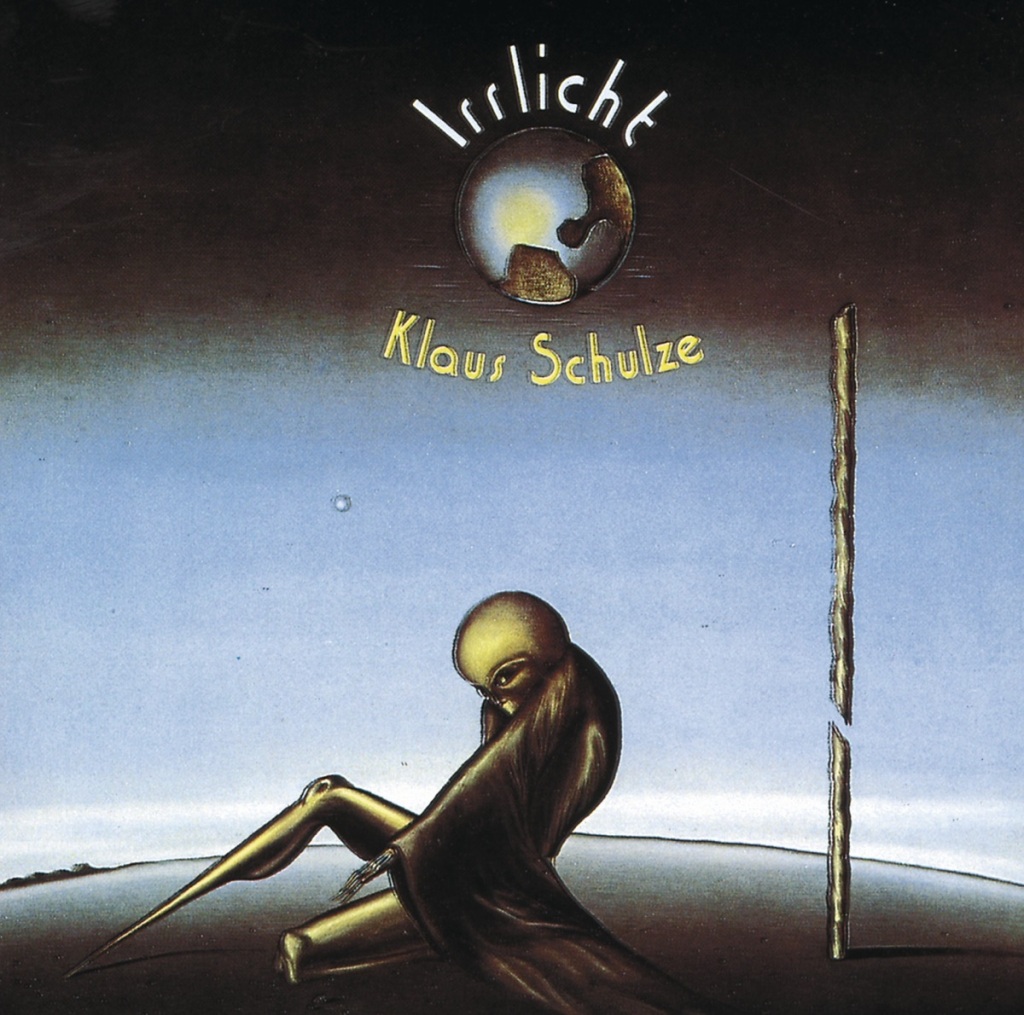
- Tangerine Dream – Electronic Meditation (1970) (Germany)
Electronic Meditation offers spacey and intense prog rock and progressive electronic adventures. Kucheza na range ya instruments na sound inaipatia dynamism. It’s playful and attention-grabbing, meditative and calming. Hii ndio foundation ya ile legacy Tangerine Dream came to leave.
Krautrock, Experimental Electronic

So as you can see, I couldn’t not participate in MWE. Akili ilikataa.
Check out my playlist on Apple Music, Spotify, and YouTube.
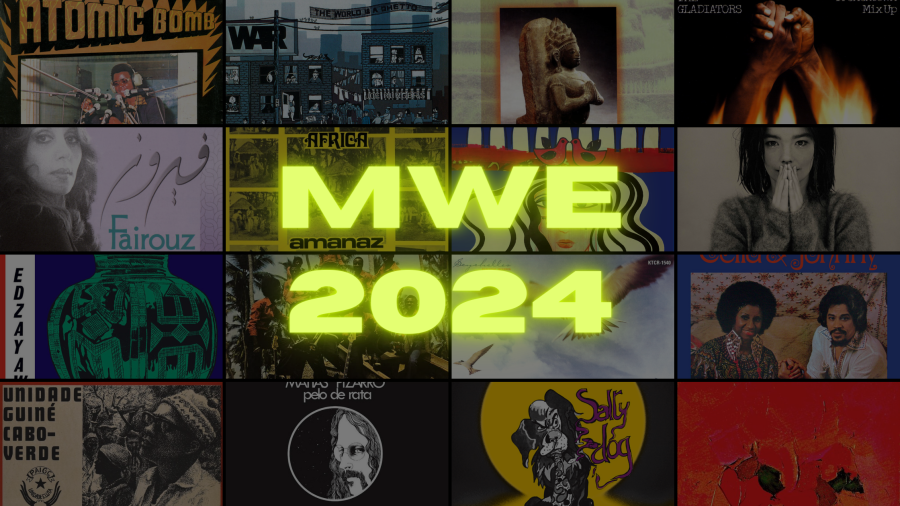
Wow, you really went all around the world this February, I’m impressed. Since I can listen to all 29 albums, lemme go enjoy to the playlist
LikeLiked by 1 person
nilisafiri sana bila shaka! haha! natumahi utapata furaha 😊.
LikeLiked by 1 person